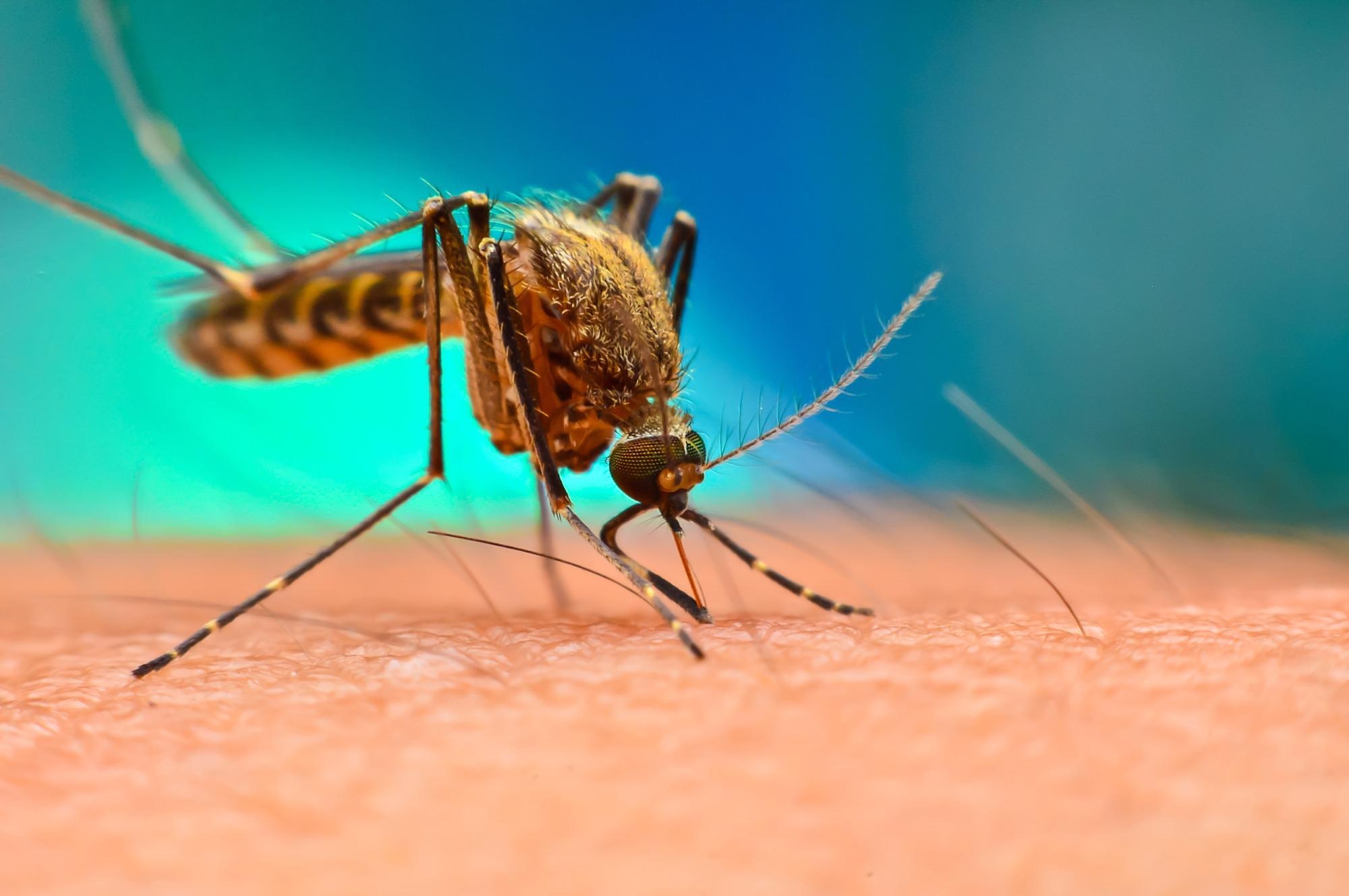The yellow fever mosquito was only found in Africa before being unintentionally introduced to the New World by the slave trade in the 16th century. It has since become an invasive species in North America due to its adaptability.

Image Credit: Shutterstock.com/Digital Images Studio
But researchers at The Ohio State University believe they have discovered a way to eradicate the pesky population in its juvenile stages.
The current study published in the journal Insects describes how mosquitoes have evolved natural resistance to some chemical insecticides and propose carbon black, a type of carbon-based nanoparticles, or CNPs, as an alternative.
Peter Piermarini, a co-author of the study and an associate professor of entomology at Ohio State, described CNPs as “microscopic” materials made of organic elements. Emperor 1800, a tweaked version of carbon black that is commonly used to coat automobiles in black, was used in the study.
Despite the fact that CNPs are a comparatively new scientific development, they have been regarded as a crucial tool for controlling various insect and pest infestations, according to Piermarini.
If we can learn more about how carbon black works and how to use it safely, we could design a commercially available nanoparticle that is highly effective against insecticide-resistant mosquitoes.
Peter Piermarini, Study Co-Author and Associate Professor, Entomology, The Ohio State University
The yellow fever mosquito, also known as Aedes aegypti, is a mosquito species that spread diseases such as dengue fever, Zika virus and chikungunya fever. Adults rarely fly more than a few hundred meters from where they appear, but their abundance allows diseases to spread at a steady rate, killing tens of thousands of people each year and hospitalizing hundreds of thousands more.
As a result, the mosquito is regarded as one of the most lethal animals on the planet. The goal of this research was to determine how toxic these nanomaterials might be to mosquito larvae or the insect’s immature form.
Not all mosquitos are interested in making blood their next meal. Male mosquitoes consume flower nectar, while female mosquitoes consume both flower nectar and blood to provide enough protein for their eggs to grow.
Female mosquitoes revert back to standing pools of water, such as birdbaths or lakes, to lay their eggs. These larvae will stay in the water for about a week after hatching until they reach adulthood and take flight.
To see if Emperor 1800 could stop this process, investigators used two distinct strains of yellow fever mosquitos in the laboratory, one that was extremely susceptible to chemical insecticides and the other that was extremely resistant.
The researchers introduced the carbon black nanomaterials to the water during the early stages of the mosquito’s life cycle and checked in 48 hours later. They were thus able to ascertain that CNPs kill mosquito larvae both efficiently and swiftly.
“Given the properties of carbon black, it has the most potential for killing larvae because it can be suspended in water,” Piermarini adds.
The observations revealed that the material was accumulated on the mosquito larvae’s abdomen, head and even in its gut. This indicates that the larvae were consuming smaller particles of carbon black.
Our hypothesis is that these materials may be physically obstructing their ability to perform basic biological functions. It could be blocking their digestion, or might be interfering with their ability to breathe.
Peter Piermarini, Study Co-Author and Associate Professor, Entomology, The Ohio State University
Piermarini, on the other hand, found one thing particularly surprising.
Carbon black appeared to be equally toxic to larvae of insecticide-susceptible and insecticide-resistant mosquitoes when suspended in water at first, but the longer it was suspended in water before being treated, the more toxic it became. For insecticide-resistant larvae, it became more toxic.
When you first apply the CNP solution it has similar toxicity against both strains. But when you let the suspension age for a few weeks, it tends to become more potent against the resistant strain of mosquitoes.
Peter Piermarini, Study Co-Author and Associate Professor, Entomology, The Ohio State University
Although the researchers were unable to pinpoint the cause of the time-lapsed deaths, they concluded that using these new nanomaterials as a preventive treatment on mosquito breeding grounds could be extremely effective in controlling the species.
Carbon black, however, must undergo extensive testing before it can be used by the general public, according to Piermarini, to ensure that it will not harm humans or the environment as a whole.
Erick Martinez Rodriguez, a visiting scholar in the Ohio State Entomology Graduate program, Parker Evans, a former Ph.D. student in the Ohio State Translational Plant Sciences Graduate Program, and Megha Kalsi, a former postdoctoral researcher in entomology, were co-authors of the paper. Ohio State’s College of Food, Agricultural, and Environmental Sciences, as well as Vaylenx LLC, funded this research.
Disease Spreading Mosquito
Disease Spreading Mosquito. Video Credit: The Ohio State University.
Journal Reference:
Rodríguez, E. J. M., et al. (2022) Larvicidal Activity of Carbon Black against the Yellow Fever Mosquito Aedes aegypti. Insects. doi.org/10.3390/insects13030307.